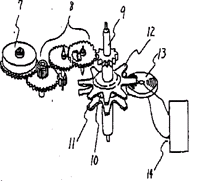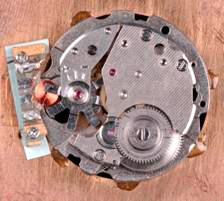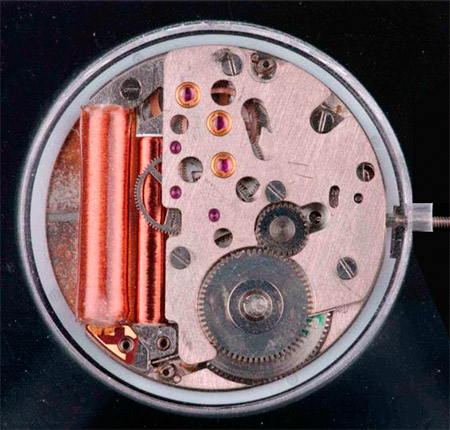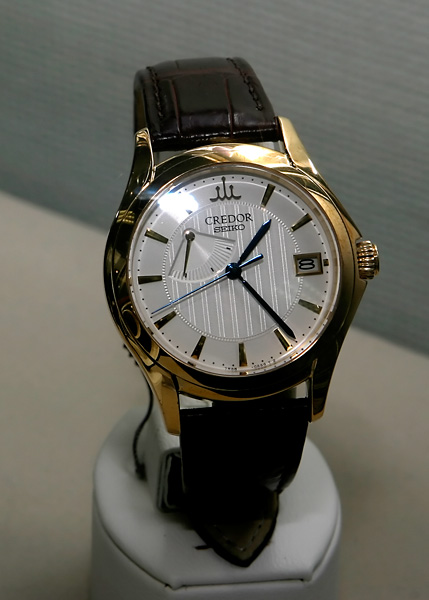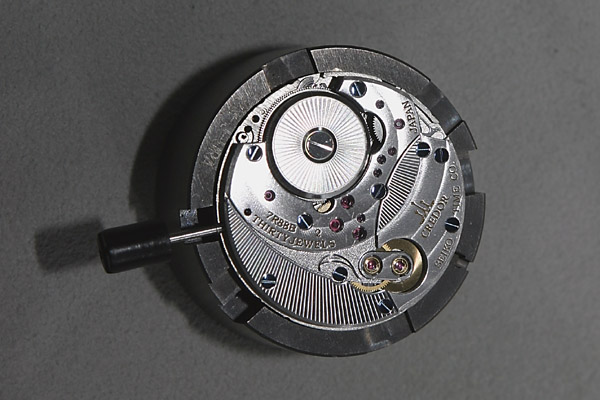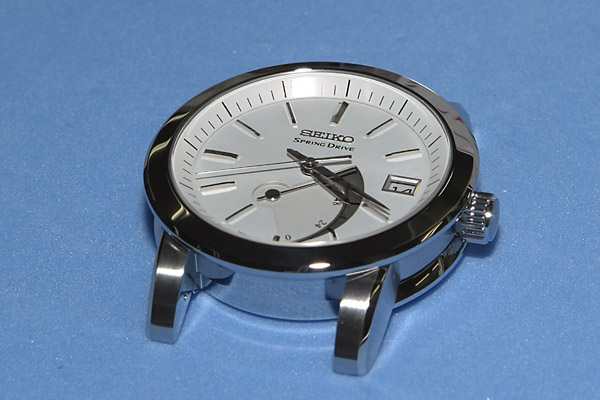|
The Seiko Spring Drive: Innovation and Refinement, Part 2 Spring Drive Development: Seiko’s Post-It Note?While the Spring Drive may seem like something new, the idea dates to 1977, as the brainchild of Yoshikazu Akahane. At the time, demand for LCD digital watches was rising, and the small (by modern standards) ultra-slim analog quartz was slowly growing to become the dominant fashion trend for the next 20 years. The original Star Wars was released that summer, and the space shuttle’s first launch was still years away.
Akahane-san was thinking of a completely different kind of watch from quartz. Instead of a quartz oscillator controlling a stepping motor, it would be built like a traditional mechanical watch, complete with manual or automatic winding of a mainspring. But instead of the back-and-forth, starting-and-stopping motion of a mechanical escapement, it would provide continuous circular motion while providing quartz accuracy. Much like the famous case of the development of the Post-It Note at 3M, the Spring Drive was not a regular corporate development project - with project proposals or research funding selection boards or market analysis.
Working after hours, outside of his normal work assignments, Akahane-san worked on his idea for 5 years before demonstrating a working prototype in 1982. Although it had a power reserve of only a few hours, this prototype demonstrated that his idea was in fact workable, and it became an official Seiko project. However, despite the proof-of-concept demonstration, it would take many years, and at least one complete redesign, to achieve a marketable watch.
The second prototype, in fact, took an additional 11 years to develop. Along the way, of course, the watch industry and the world were not standing still. All but the highest-end of the Swiss watch
industry was
bankrupted trying to compete with the Japanese, at least until an
upstart
financier introduced a plastic watch with a funny name.
Japan was riding a monumental wave of prosperity. A still life by a Dutch painter sold in 1987 for an unheard-of sum of $39 million to a Japanese businessman. Even the watches that ‘Q’ gave to 007 had the name “Seiko” on them. Yet, by the late 80s, the seeds of the mechanical renaissance were sprouting, and by 1997, the luxury watch market, as exemplified by the Swiss mechanical watch, was clearly the place to be. 1997 happens to be the year that Seiko published its first paper describing Spring Drive technology, in the prestigious Journal of the Swiss Society for Chronometry. In 1998, the first complete Spring Drive prototype
watches were shown
at
From 1999 through 2004, the new calibers 5R64 (small seconds/power
reserve) and 5R65 (center seconds/power reserve) were developed. For
these calibers, the power reserve was upped from 48 to 72 hours, via use
of a special mainspring alloy ("Spron 510") and special high-polish
functional finishing of movement parts. For automatic winding, Seiko
incorporated their signature "Magic Lever" bi-directional winding system.
This elegant pawl-level system has been reconfigured, and is presented in
a high-efficiency trim. 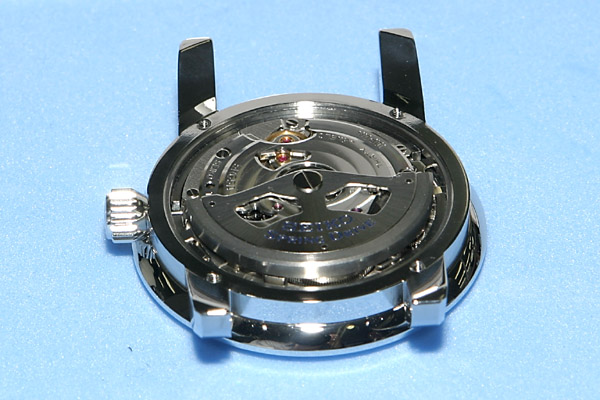
|
